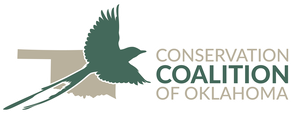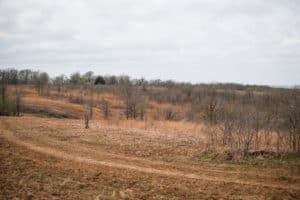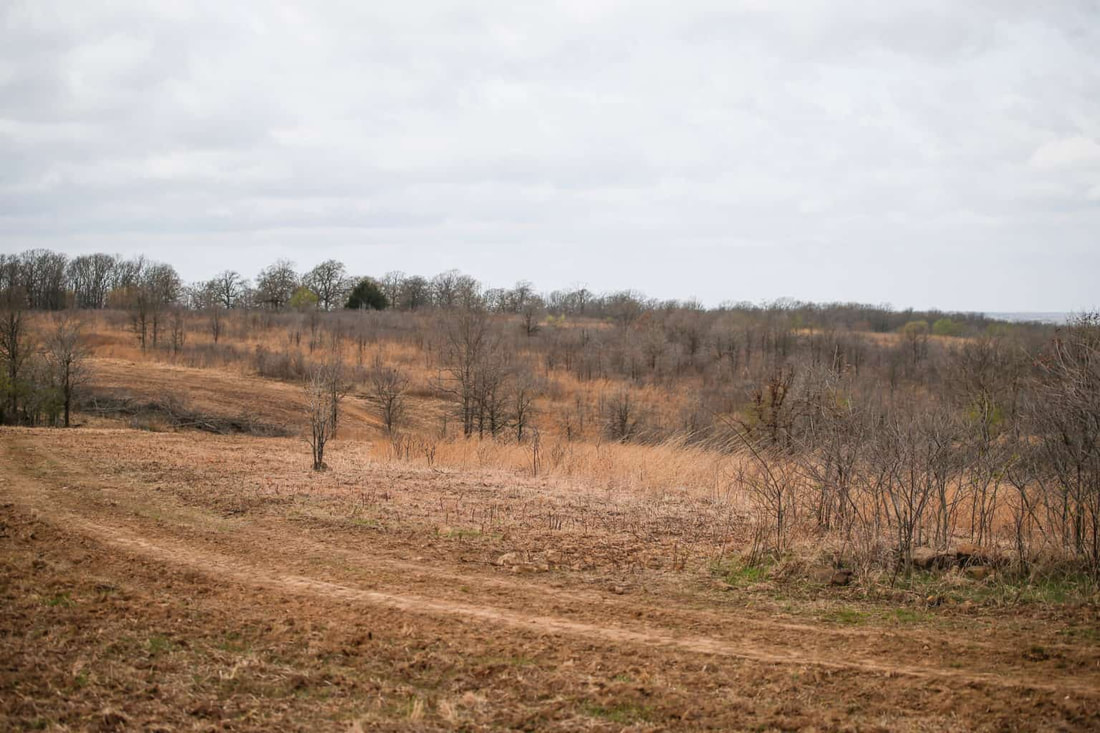Conservation groups see land rights issues with the proposed 10% cap, time limit on easementsBy KELLY BOSTIAN
For the CCOF A bill introduced this week in the Oklahoma House of Representatives, and seen as a defensive move against a perceived potential federal government land grab, could do more harm than good for Oklahoma’s private landowners, according to conservation groups familiar with the land issues. House Bill 3280 by Rep. Justin Humphrey, R-Lane, passed the House State Powers Committee on Wednesday on a party-line vote of 5-1. It would limit the amount of public land owned by the state, state agencies, and the federal government to no more than 10% of the total land in the state. It also limits all easements granted to or reserved by the federal government or the state to 30 years or less. Current leases beyond the 30-year mark would be released or relinquished. Humphrey assured the committee that such lands only amount to about 7% of the state now so there is room to grow. He also said he is working with the Oklahoma Department of Transportation on a future amendment to make exceptions for roadways. But conservationists say the bill Humphrey characterized in committee as “a new concept” and with elements that are “kind of complicated,” lacks details, tackles a problem that might not exist, and is questionable when it comes to landowners’ rights. Attempt to block 30×30 Humphrey said he introduced the bill to head off an initiative within President Joe Biden’s climate crisis initiative. The president’s executive order, often called 30×30, sets a goal to “conserve 30 percent of the nation’s lands and oceans by 2030.” Goals and direction for the project, which emphasizes local and tribal leadership initiatives, are contained in the multi-agency “Conserving and Restoring America the Beautiful” report to the National Climate Task Force in 2021. “They already own around 12 percent so that would put them owning 42% of all lands in the United States,” Humphrey said as he introduced the bill. “With our ranching and our farming and just hunting, these would be classified as public lands and if they control them I have real concerns of what would happen.” Humphrey also told the committee about a wetland his family established on his own southeast Oklahoma ranch as an example of why he believes timeframes for conservation areas should be limited. “In the future if my kids want to, they can put that land back into production,” he said. Tax write-off problem But that kind of a measure could kill numerous conservation easements used by state agencies, municipalities, developers, and ranchers who gain federal tax incentives if they place lands in easements or leases in perpetuity. Private non-profits like Land Legacy and The Nature Conservancy in Oklahoma work with landowners, including government agencies, to set aside lands such as ancient forests, prairies, wetlands, riparian areas along streams, and other areas important for water or soil conservation. “The word is in perpetuity,” said Michael Patton, executive director of Land Legacy. “In our industry, this bill will just put us out of business because the IRS will not accept anything like that as a tax incentive.” Last year Land Legacy completed an easement adding a buffer around Fort Sill, near Lawton. Mike Fuhr, Nature Conservancy state director in Oklahoma, said such easements are valuable tools for conservation and, while they restrict harmful development, they most often include directives that allow or even encourage continued grazing or other agriculture uses as well as hunting and even allotments for future homes. “The flexibility of those easements is part of what makes them a great conservation tool and a way to preserve your land for your family and the future,” Fuhr said. “This bill seems to restrict landowner rights to do whatever they wish with their property.” What 30×30 is about It is important for people to understand Humphrey’s characterization of 30×30 was inaccurate, said Kari Birdseye, strategic communications manager with the Natural Resources Defense Council. “Currently the United States federal government owns about 28 percent of the U.S. land base. That’s counting literally everything, military bases, buildings, parks,” she said. The 30×30 order looks at different categorizations that do not currently have a definitive total. “Right now, to the best of all abilities, the estimate of the percent of protected lands is about 12 percent,” she said. “That includes federal to state to private non-profits, to private landowners’ conservation easements. It is currently protected lands and waters under a mosaic of different kinds of ownerships.” The text of the Biden executive order and the planned inventory of lands under The America the Beautiful report speaks more to private, non-profit, tribal, and community easements and conservation units than to outright federal or state land purchases. The amount of land that fits that category in most states is not tracked by any one agency and may look very different from state to state, Birdseye said. A first step in the 30×30 process is to decide just how to inventory those areas and track that percentage. Conversely, HB 3280 does not contain a fiscal statement or direction on what state agency or agencies would be charged with tracking the percentage of lands, enforcing expiration dates or handling legal issues that might arise. Public comments sought On the federal level, for 30×30, a public comment period now is open for a Department of Interior-led multi-agency effort to develop an “American Conservation and Stewardship Atlas.” The Atlas, to be updated annually, will create a first-of-its-kind detailed national inventory of conservation lands and waters of all kinds. A public comment period is open through March 7 that asks participants how to set a baseline for the new atlas to “best serve as a useful tool for the public” and how it should inventory a continuum of conservation lands and waters under a variety of scenarios, as long as they are designed to protect the long-term health of lands and waters. Kelly Bostian is an independent journalist writing for The Conservation Coalition of Oklahoma Foundation, a 501c3 non-profit dedicated to education and outreach on conservation issues facing Oklahomans. To learn more about what we do and to support Kelly’s work, see the About the CCOF page.
0 Comments
Leave a Reply. |
Archives
May 2024
Categories
All
|
Conservation Coalition of Oklahoma
P.O. Box 2751
Oklahoma City, OK 73101
[email protected]



